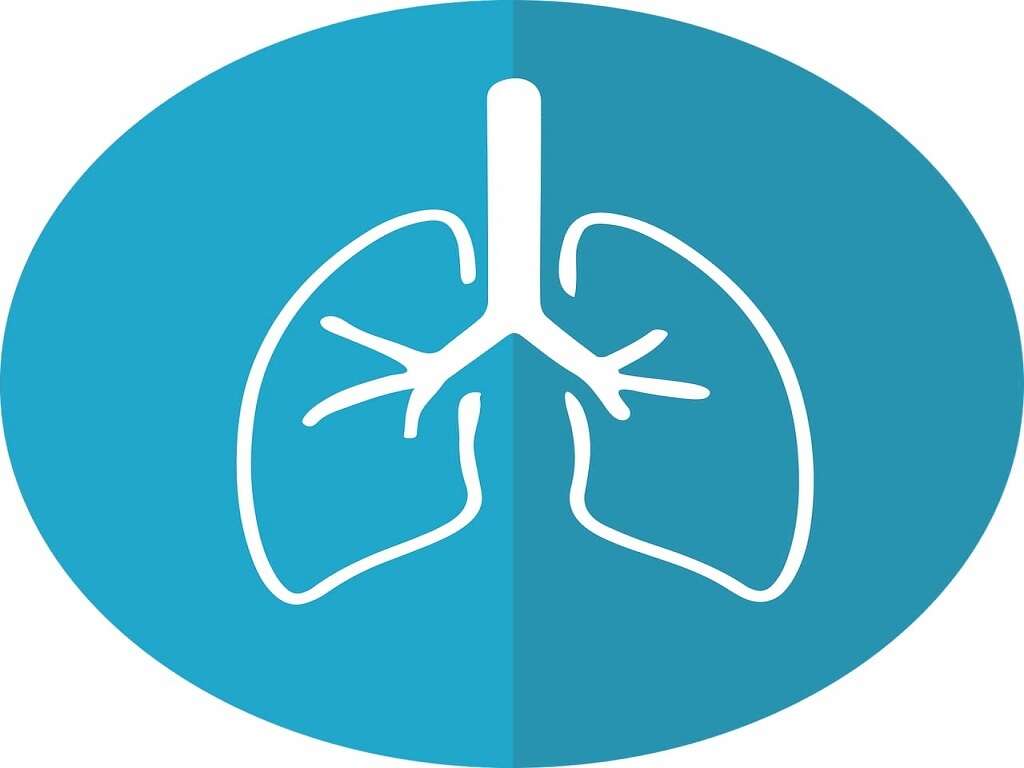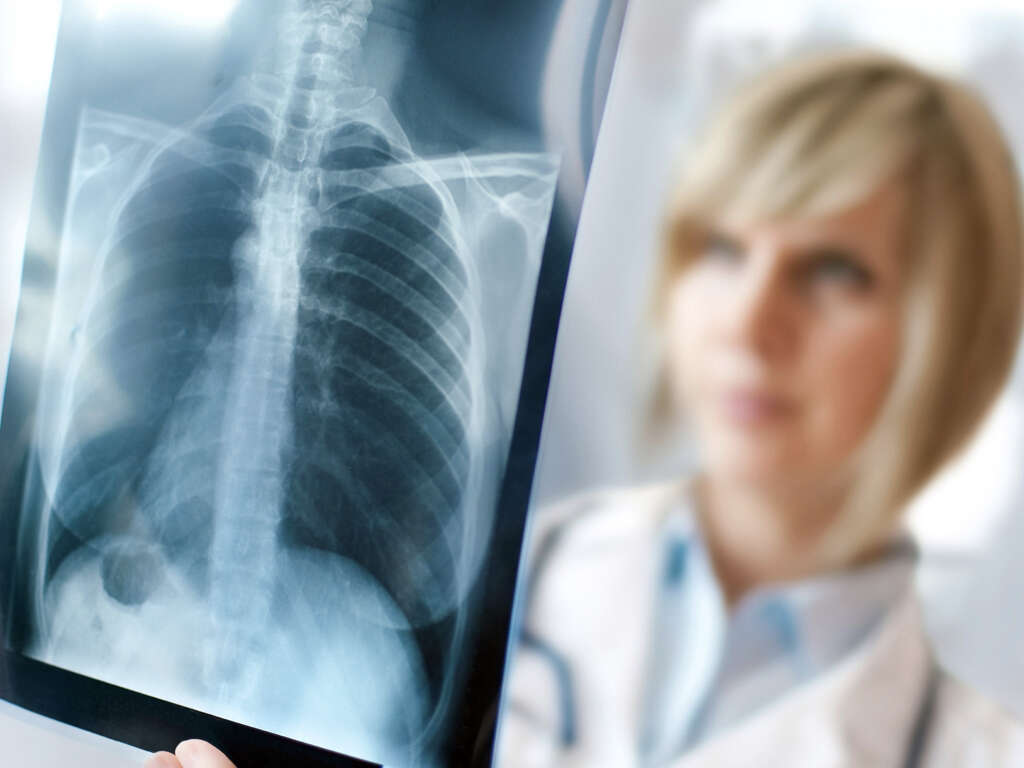10 Symptoms of Legionnaires Disease
Symptom #5: Chest Pain
When we feel a pain in the chest it will often cause some alarm, and for good reason. While pain in this area is not always caused by something dangerous, it is still a good idea to pay attention. Pain in this area may indicate that there might be something wrong with our chest cavity (i.e. ribs, chest muscles, etc.), the gastrointestinal tract (i.e. peptic ulcer disease), or with essential organs such as the lungs or even the heart.
One symptom of Legionnaires’ disease is that you will feel pain in the chest area. This symptom is usually a manifestation of pulmonary involvement. This condition commonly causes pleuritic chest pain, which is caused by the inflammation of a tissue that lines the lungs and the chest cavity, known as pleura. Specifically, the parietal pleura, which lines the chest cavity, is the one that senses pain and transmits it to the nervous system. This pain is characterized by a sudden stabbing pain in the chest, and it will be exacerbated by breathing. Pleuritic pain may also be referred to the neck or shoulder, depending on how close the inflammation is to the diaphragm. Pleuritic pain in Legionnaire’s disease may be accompanied by cough, shortness of breath, and even hemoptysis (coughing up blood).
Advertisement










